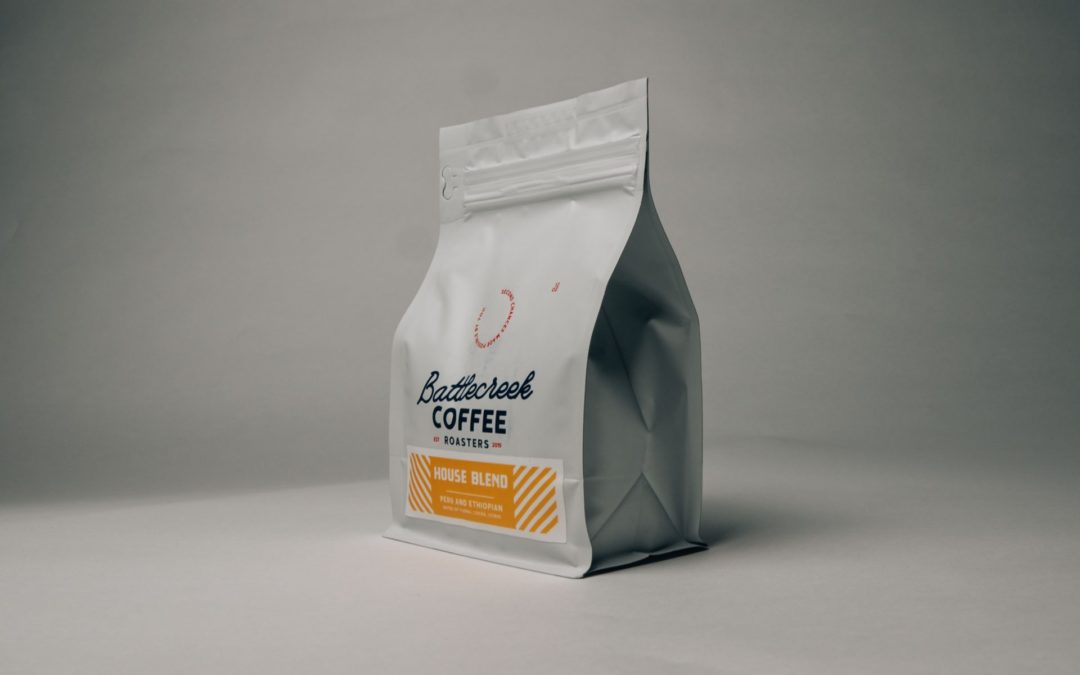How Should You Determine the Pricing for Your Product?
Determining the pricing for your product is a critical aspect of your business strategy. Setting the right price requires careful consideration of various factors. Here are steps to help you determine the pricing for your product:
1. Emphasize Quality
People expect to pay more for high-quality products. So, don’t be shy about emphasizing why your product is superior to your competitor’s offerings. Of course, openly knocking the competition is not usually a good idea. Even so, you can ensure you have highlighted the quality aspects of your products that your competitors lack.
2. Make it Easy to Buy Your Products
People don’t want to be burdened with a complicated buying process. So, make the purchasing of items from you as pain-free as possible. Streamline your ordering or checkout processes and offer multiple payment options. Customers will be willing to pay more if you make buying your products fast and easy.
3. Speed Up Your Deliveries
It’s all about instant gratification these days. No one wants to hang around for weeks waiting for the shiny new toy to arrive. So, people will be more than happy to pay a premium if they know they will get their hands on your product faster.
4. Improve Customer Service
Even if you have the best product on the market, customers will choose the company that offers the best customer service. Emphasize the high level of customer service and support that you provide. And follow through with those promises with the customer service that you deliver. If people feel they are being taken care of and valued, they won’t be put off by a slightly higher price.
5. Humanize Your Brand
People prefer to buy from people who they consider to be their friends. You can’t be best friends with all your customers, but you can use branding to make your business more approachable and human. Try to engage with customers whenever possible and make your brand message resonate with your target audience. Once you have built a relationship with your customers, you will find it easier to charge them higher prices.
6. Get People Talking About Your Products
Social validation is a powerful marketing tool. You can play on the human instinct to go with the crowd and increase your prices simultaneously by encouraging a social conversation about your products. Get people talking about your brand by engaging with customers on social media, and make it easy for people to leave reviews of your products. Many people will choose the product with the most positive reviews, even if that product is more expensive.
7. Lower the Ongoing Cost of Ownership
If your product’s ongoing cost of ownership is low, you can charge a higher initial price. A lower cost of ownership might come in the form of lower maintenance fees and less expensive add-ons. A product that will last for longer will also demand a higher price. For example, even a relatively inexpensive product would be more appealing if it had replaceable or rechargeable batteries.
8. Make Your Products Easy to Use
Ease of use is another feature for which customers will pay a premium. So, design your products with a view to customers gaining the maximum benefit for the minimum effort. Ease of use can be essential for products that require assembly. If your product is delivered and ready to use straight out of the box, you can charge more than you would for a self-assembly product.
9. Highlight Unique Features
Make a point of highlighting any features your competitors’ products do not have. Even a minor product feature can increase the perceived value of a product. So, don’t assume that something unique about your offering will not interest customers. People will sometimes even pay more for features they didn’t know they wanted and will probably never use.
10. Make the Price Difference Insignificant
Having a slightly higher price than your competitors is unlikely to have a significant impact on demand. But, if you sell enough of a higher-priced product, it could significantly boost your profits. So, consider increasing your prices in small increments and monitoring the level of demand. There will likely be a sweet spot where you can charge your customers more than your competitors without impacting sales volumes.
Conclusion
The key to charging more for your product lies in product differentiation. You can justify a higher price by offering better customer service, a unique feature, or faster delivery. And, if your price is in the same ballpark as your competitors, most people won’t bother to shop around.
Let’s Start Something New. Say Hello!
Contact us today to see how we can help your Alaska small business! Also, please read our Alaska Web Design blog to learn more about branding, website design, and digital marketing in Alaska!

